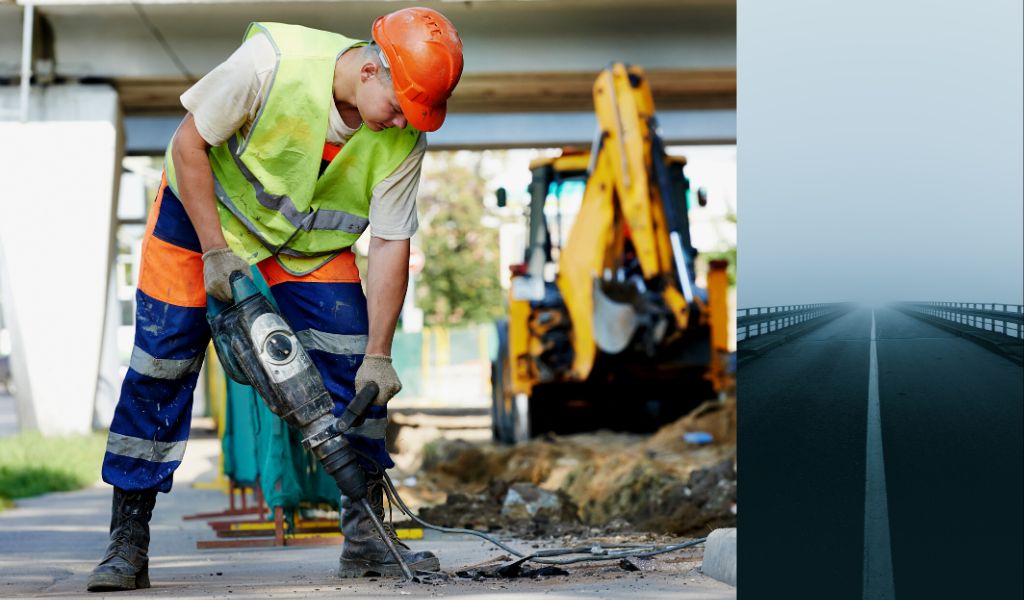The future of asphalt paving is filled with innovative solutions. From more sustainable materials to a safer roadway surface, these innovations are changing how we build and repair roads.
3D Paving Controls
Manufacturers of pavers and machine control systems are seeing increased interest from state transportation owners for paving innovation that reduces lifecycle costs and improves surface quality. These systems, for example, can help to eliminate waste by avoiding excess asphalt placement and increasing road smoothness, which leads to better ride quality. Smoother roads also lead to lower maintenance and repair costs, faster project completion times, and reduced noise levels for motorists.
These systems work by locking onto a total station (TS) in the field and controlling machines based on a digital job plan. The best paving company near me that use them can skip hiring a survey crew to set up string lines and focus more on getting the job done on time and within budget. They can also reduce the time it takes to get a paver running, which increases productivity.
Artificial Intelligence
As the asphalt industry evolves, contractors must keep up with innovation trends. This will help them realize efficiency gains, meet job specifications and become more profitable.
For example, some roads are built with porous pavements that absorb noise instead of reflecting it. This type of pavement allows air squeezed by tires to enter and become muffled, so vehicles must press the gas pedal less often, lowering energy consumption and emissions.
Another paving technology is warm-mix asphalt, which uses recycled materials to reduce its carbon footprint. It’s also mixed at a lower temperature than regular asphalt, producing fewer emissions. This helps asphalt manufacturers comply with new environmental standards. Additionally, it improves the quality of the resulting road.
Drones
Until recently, the basic cross-section of a street or highway hasn’t changed much. Builders dig a ditch, put down a base of crushed rock and gravel, then cover it with a layer of asphalt or concrete.
Incorporating a thermal profiling sensor on pavers can improve quality by helping to identify segregation before it becomes an issue. This onsite innovation works by measuring the surface temperature profiles behind a paver at full paving width to show if there is potential for temperatures to be segregated.
Another asphalt paving technology that has been making waves is warm-mix asphalt. This paving material is made with additives that allow it to be produced and transported at a lower temperature than traditional hot asphalt, which reduces energy consumption and emissions.
Recycled Materials
Asphalt is the most recycled product in America. Still, if you want to make the material even greener, you can use it with recycled aggregates, which cuts down on landfill waste and saves money by avoiding the cost of transporting new materials. Researchers have also found that incorporating recycled and waste materials into road construction reduces carbon emissions by minimizing the need to transport and produce virgin asphalt.
Warm-Mix Asphalt
Warm mix asphalt technology allows producers to lower the production temperature of the asphalt mixture and reduce greenhouse gas emissions. This also reduces energy consumption and paving costs.
This is achieved either through a mechanical foaming process or with water-bearing additives. This foaming creates tiny, homogenous bubbles with a good expansion ratio and average half-life to coat aggregate particles during mixing and compaction.
These technologies and materials are a welcome solution to the need to reduce greenhouse gases, conserve energy, and lower costs for road construction.

















